We might think that humans drink and take drugs to excess; we might think that we are the only species that succumb to the effects of addiction but this is not true. Right across the animal kingdom there are examples of alcoholism, drug addiction and attempts to seek out hallucinogens, and in some cases turning to alcohol through depression. Here is a list of ten of the most eye-opening examples of drug use in the animal kingdom.
1. Capuchin Monkeys
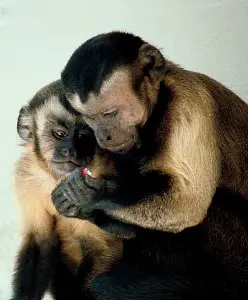
Evolution is an interesting thing. To prevent being eaten by insectivores, some species of millipede have developed a toxin to ward off potential would-be diners. In reaction, some species have learnt to cover themselves in enough of the toxin to ward off their own predators. For the capuchin monkey though, this has gone a step too far. The cyanide-based toxins they are using from the millipedes are giving them a high and groups of monkeys get together to have a collective experience
2. Elephants

Both the African and Indian varieties are becoming a menace to areas where they are native by breaking into stores and stealing the beer. The first known case of this was in India in 2002 when a hoard of young elephants broke into a village, killing several people; their size and short temperaments when drunk has led to deaths and destruction of human habitation and people going to extra lengths to protect their beer. This isn’t the only known issue though; elephants are also known to get drunk eating the fruit of the marula tree – alcoholism is now a serious problem for elephants
3. Horses

It is said that Locoweed is as addictive to them as nicotine is to humans and that long-term effects will kill them over several years. Tragically, in some areas it is the only feed available to horses so owners must be careful about giving them too much, especially as the weed is so prevalent and cannot be eradicated. In the USA, state governments produce literature warning ranchers about the dangers of the plant for their horses. Signs of addiction include dangerous weight loss, depression and mood swings
4. Bees
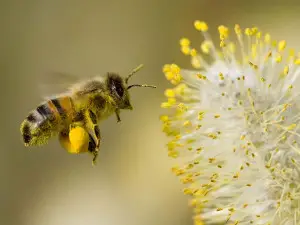
For some reason, bees are naturally drawn to fermenting fruit and will feed off of it and get drunk. The problem is so big that the colonies have evolved the need for a ‘bouncer’ outside of hives to check to see if any of the returning bees are coming back drunk. Intoxicated drones are then sent away to sober up, sometimes chased off for good and sometimes killed. If you thought alcohol prohibition was bad in the USA in the 1920s and in Arab countries today, punishment is nothing in comparison as bees have been witnessed having their legs bitten off.
5. Cats
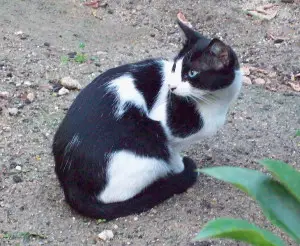
Cats being addiction to the plant known as ‘catnip’ is the most well-known in this list. Having little effect on humans (except as a natural remedy for relaxation), this perennial herb attracts some insects for pollination purposes. However, it is the domestic cat that seems to suffer the greatest and most noticeable effect. Cats are seen writhing around on the ground, purring excitedly, licking and biting the plant when it is bruised. Drooling, sleepiness and anxiety are also side-effects of exposure. It is not known to have addictive properties.
6. Wallabies

Production of poppies is legal in Australia and they are one of the world’s largest suppliers of the legal trade of the plant (the major constituent in morphine). Unfortunately, this is having a negative impact on some of the native marsupials, particularly the wallabies which are invading fields of the flowers and eating enough of them that they end up suffering the effects of the opium high and opium addiction. If this wasn’t bad enough in itself they also cause a lot of damage to the surrounding crops after getting their hit.
7. Fruit Flies
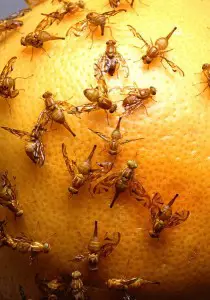
Poor fruit flies ‘ reviled by Sarah Palin as being useless to scientific research, it is no wonder they are hitting the bottle! There is one thing they have in common with humans and that is turning to booze after losing a love. In an experiment, one group of males was denied access to females and the others were permitted the opportunity to mate. Following this, both groups were given the choice of fermented and fresh food. The results were astounding ‘ a convincing majority of the lovelorn chose to hit the cider.
8. Bighorn Sheep

Why would so many bighorn sheep be seen licking rocks in the Rocky Mountains? Are they hungry? Thirsty? No, they are licking the rocks because a particular kind of lichen grows on them and this lichen is so rare and out of the way that the sheep are traversing narrow ledges and elevated outcrops in order to get a fix. After consumption of the lichen they are seeing disoriented and staggering around which is dangerous considering the lengths they go to for the high.
9. Caterpillars
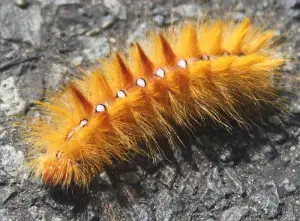
Though most insects avoid the coca plant because of its dangerous properties of almost pure cocaine, there is one particular caterpillar (that of the Eloria noyesi moth) that lives entirely on the leaves of the plant. Extensive studies have shown the caterpillar’s receptors have made them completely immune to the effects of cocaine addiction ‘ and scientists have tested with the sorts of doses that would have been lethal to humans. This research might soon have an impact on the drug trade in Colombia and could assist drug addicts in getting them off drugs.
10. Songbirds
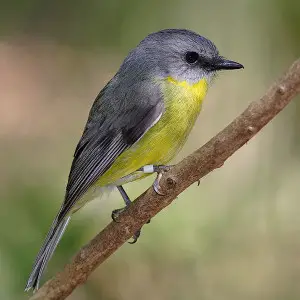
If there was ever a warning against trying to get around when under the influence of alcohol, songbirds are it. In a study in 2006, 40 bodies of the recently deceased avian creatures were examined to determine the causes of their broken necks. All had fermented fruit inside their stomachs, had lost control and flown into windows and buildings having lost co-ordination in the air. A stark reminder if ever we need one that we should not drink and drive.
Conclusion
There are many more examples of drug use in the animal kingdom but these represent the most prevalent and widely-studied examples of drug use and addiction. Some of these might be amusing at face value, but what can we learn about ourselves and human addictions from these studies?










Leave a Reply